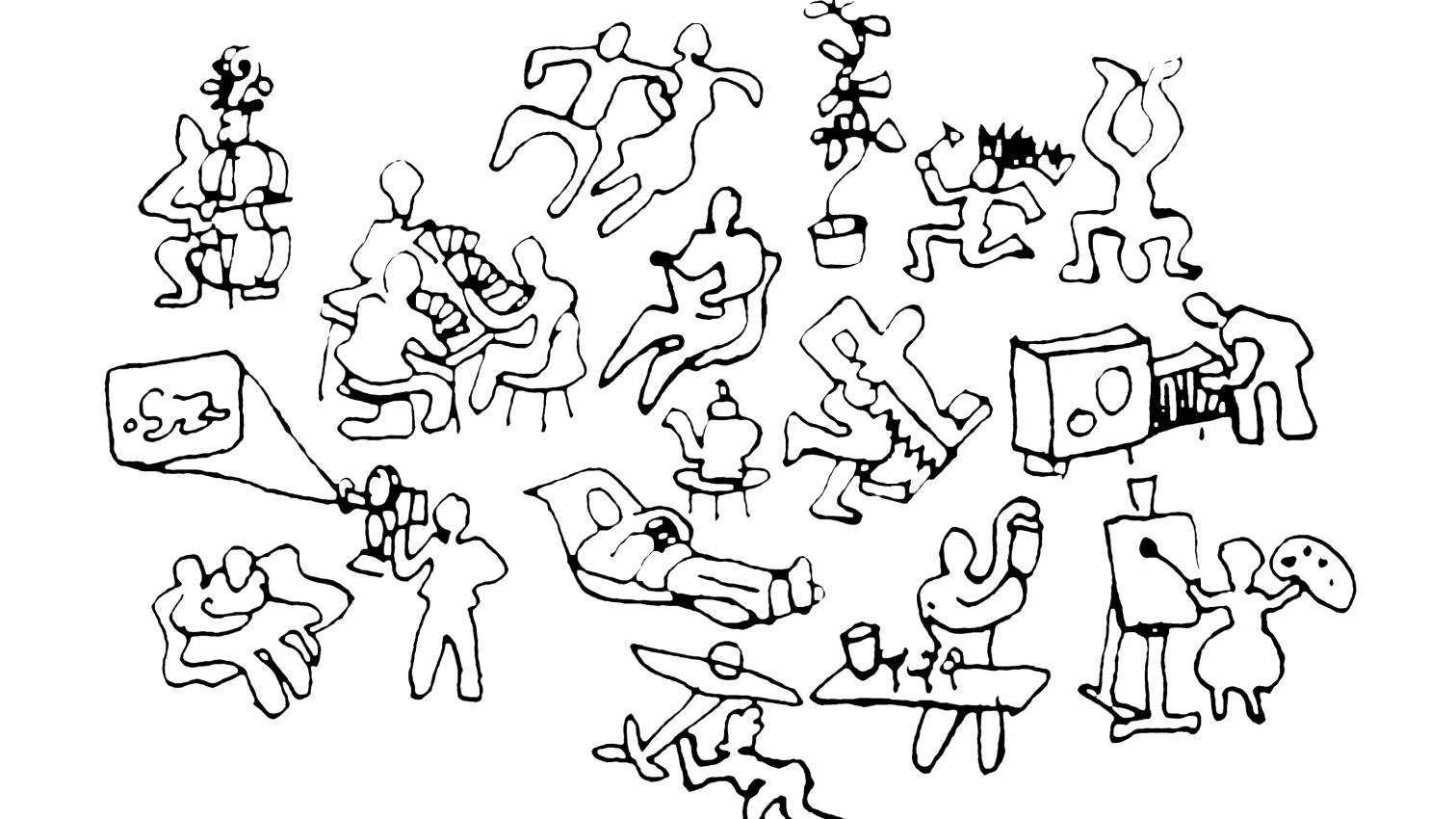
Perhaps the first paradigmatic conceptualization of the house subsequent to the Modern Movement was the one drawn by Charles Eames halfway through World War II. Six months before the launch of the Case Study Houses program, John Entenza, editor of the Los Angeles magazine Arts & Architecture, which he had overhauled, prepared what would be its ideological axis for at least the entire following decade, through an ambitious article published in the July 1944 issue under the title ‘What is a House?’. Herbert Matter and Eames set out to provide innovative large-format graphic material for a definitive statement of Buckminster Fuller in defense of prefabrication as the solution to the problem of modern housing. Nevetheless, and despite the media success of the later CSH program as well as Fuller’s prestige, the only part of the feature to go down in history is Eames’s small diagram, discreetly appearing in the lower inner quadrant of one of the final left-side pages. Though it did not prefigure prefabrication, it soon became an expression of the flexible and uninhibited modern dwelling that would prevail throughout the second half of the 20th century and even into the early decades of the 21st. The drawing showed, grouped together, the wide range of leisure activities that could take place in the house...





